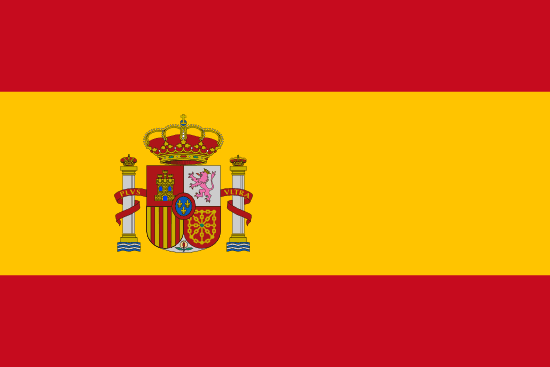"Almería, donde el sol pasa el invierno | Almeria, where the sun spends the winter"
About:
Almería, a city in Andalusia, Spain, was founded by Calipha Abd-ar-Rahman III of Córdoba in 955 AD. It flourished under Moorish rule, becoming a major seaport. In 1489, it fell to Catholic Monarchs during the Reconquista. The city was devastated by an earthquake in 1522, but rebuilt and thrived through mining and grape production. Modern Almería is known for its agriculture, tourism, and as a film shooting location. Despite ups and downs, Almería has maintained its historic charm while evolving into a vibrant modern city.
When to visit:
Almería, a city in the Andalusia region of southern Spain, is known for its year-round Mediterranean climate characterized by hot, dry summers and mild, wet winters. The best time to visit Almería for a holiday would be during the spring or fall months when the temperatures are pleasant, ranging from 18°C to 25°C. This time of year offers a perfect balance between warm weather and fewer crowds, making it ideal for exploring the city's attractions such as the Alcazaba fortress and the stunning beaches. However, if you enjoy the heat and vibrant atmosphere, the summer months from June to August are popular for beachgoers and sun-seekers.
When to avoid:
Almeria, located in the southern region of Spain, experiences its least favorable travel conditions during the peak of summer. From late June to August, the city swelters under scorching temperatures exceeding 40 degrees Celsius (104 degrees Fahrenheit). This intense heat can make outdoor activities uncomfortable and even dangerous for visitors. It is advisable to avoid traveling to Almeria during this period and instead opt for the milder months of spring or autumn for a more pleasant and enjoyable holiday experience.
"Winter Season (Dec-Feb)"
During winter, Almeria experiences its coldest and wettest season. The average temperature drops to around 13°C, with lows near 8°C. Rainfall is highest in December, averaging 30mm, although it's still relatively low compared to other regions. Despite being winter, Almeria enjoys around 6 hours of sunlight per day, with cloud cover increasing slightly. For visitors, an average day may start with a light jacket against the morning chill. Afternoons are often sunny, perfect for exploring, but occasional showers may require an umbrella. Nights can be chilly, so warm clothing is advisable.
"Summer (June-August)"
In Almeria, Spain, the warmest part of the year typically falls between June and August, with July being the hottest month. During this period, the average high temperature ranges from 30°C to 33°C (86°F to 91°F), while the average low temperature hovers around 20°C to 23°C (68°F to 73°F).
Rainfall is minimal, with these months being the driest of the year. You can expect less than 10mm of rainfall per month, and some months may see no rainfall at all. The region enjoys ample sunlight, with approximately 11 to 12 hours of daylight per day.
Humidity levels are relatively low, typically around 60%, contributing to the dry, warm feel of the climate. Cloudiness is also minimal, with clear or mostly clear conditions prevalent, allowing for plenty of sun exposure.
A typical day for a visitor during this period would be hot and dry, with plenty of sunshine from morning till evening. The lack of rainfall and cloud cover means outdoor activities are rarely interrupted. Despite the high temperatures, the low humidity ensures the heat is not overly oppressive. It's the perfect weather for beach activities, sightseeing, or enjoying Almeria's outdoor cafes and restaurants. However, it's advisable to wear sun protection and stay hydrated due to the intense sun.
Language:
In Almería, a city located in Andalusia, Spain, the most commonly spoken language is Spanish, specifically the Andalusian variant. This dialect is characterized by the seseo, ceceo, and aspiration of certain consonants. Additionally, due to the city's growing tourism and expatriate communities, English is also frequently spoken.




